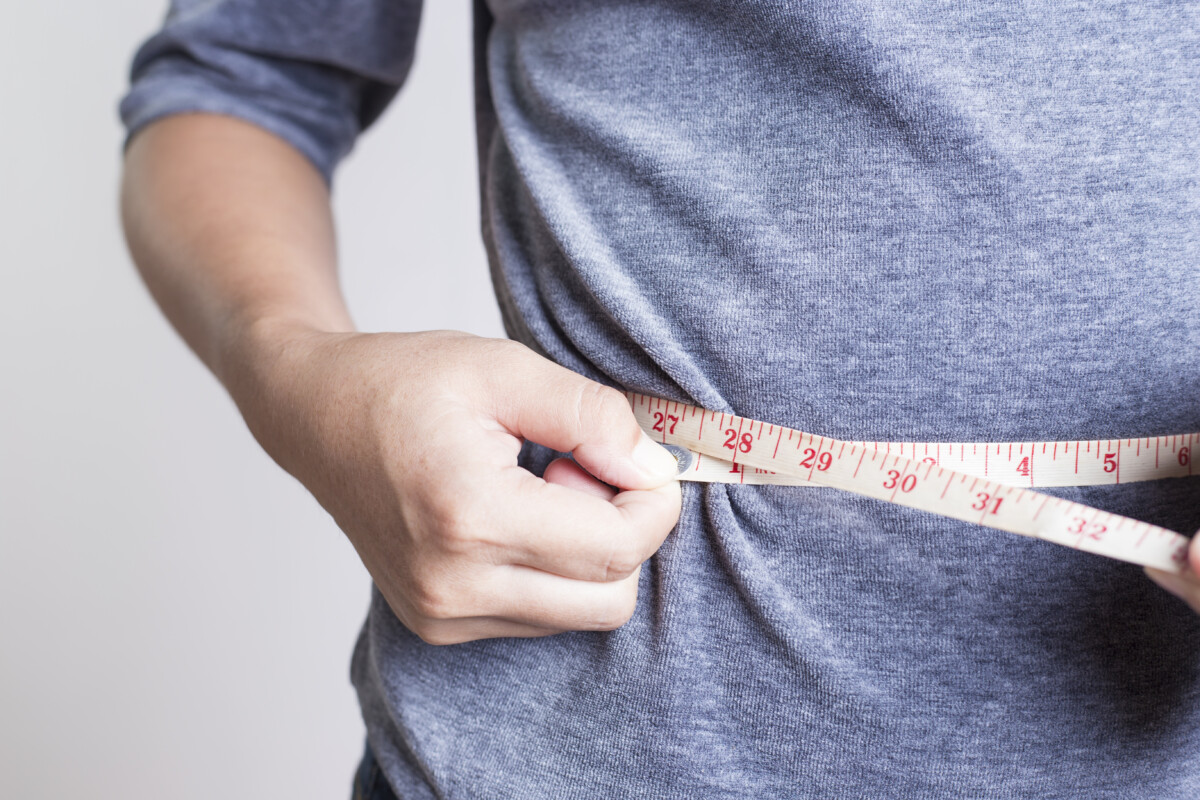Wellness & Education
Not all Body Fat is the Same

Did you know that not all fat is equal? Our bodies store two different kinds of fat. Each type of fat has a different effect on our health.
- White fat is the fat that we carry around our thighs, arms, backside and belly. It is used for storing energy and to insulate us from the cold. Our body releases a little bit at a time to provide us with the energy we need for life. When we have too much white fat, we become obese. It secretes hormones, which affect us in a variety of ways, including the regulation of our metabolism, available energy and hunger.
- Brown fat is fat that we’re born with. As we get older, the amount of brown fat decreases. What remains is mainly located in our upper back, neck and shoulders. While the purpose of white fat is to store calories, the purpose of brown fat is to burn calories to keep us warm. It is especially important for keeping babies warm. Brown fat is brown because it contains iron.
Fat is also classified according to where it is stored on the body:
- Essential fat is stored in our brain, bone marrow, nerve cells and other tissues. This is the fat we need to sustain life. it helps regulate hormones, fertility and body temperature. Men need a minimum of 3% essential fat to be healthy. Women need a minimum of 12%.
- Subcutaneous fat is located directly under the skin. The fat you feel when you pinch your arm, or thigh, or belly, is subcutaneous fat.
- Visceral fat is fat that is stored in your abdomen under the muscles that surround it. This fat surrounds your internal organs and is the first source of fat that is burned for energy. Visceral fat is much more harmful than subcutaneous fat. Excess visceral fat increases the risk of chronic diseases such as type 2 diabetes, heart disease, Alzheimer’s and cancer. This is why fat that is stored in your thighs (whenyou are “pear-shaped”) is much less harmful than fat that is stored in your abdomen (when you are “apple-shaped”). If your waist measures 35 inches and above for a woman, or 40 inches and above for a man, you have enough abdominal fat to put you at high risk.
